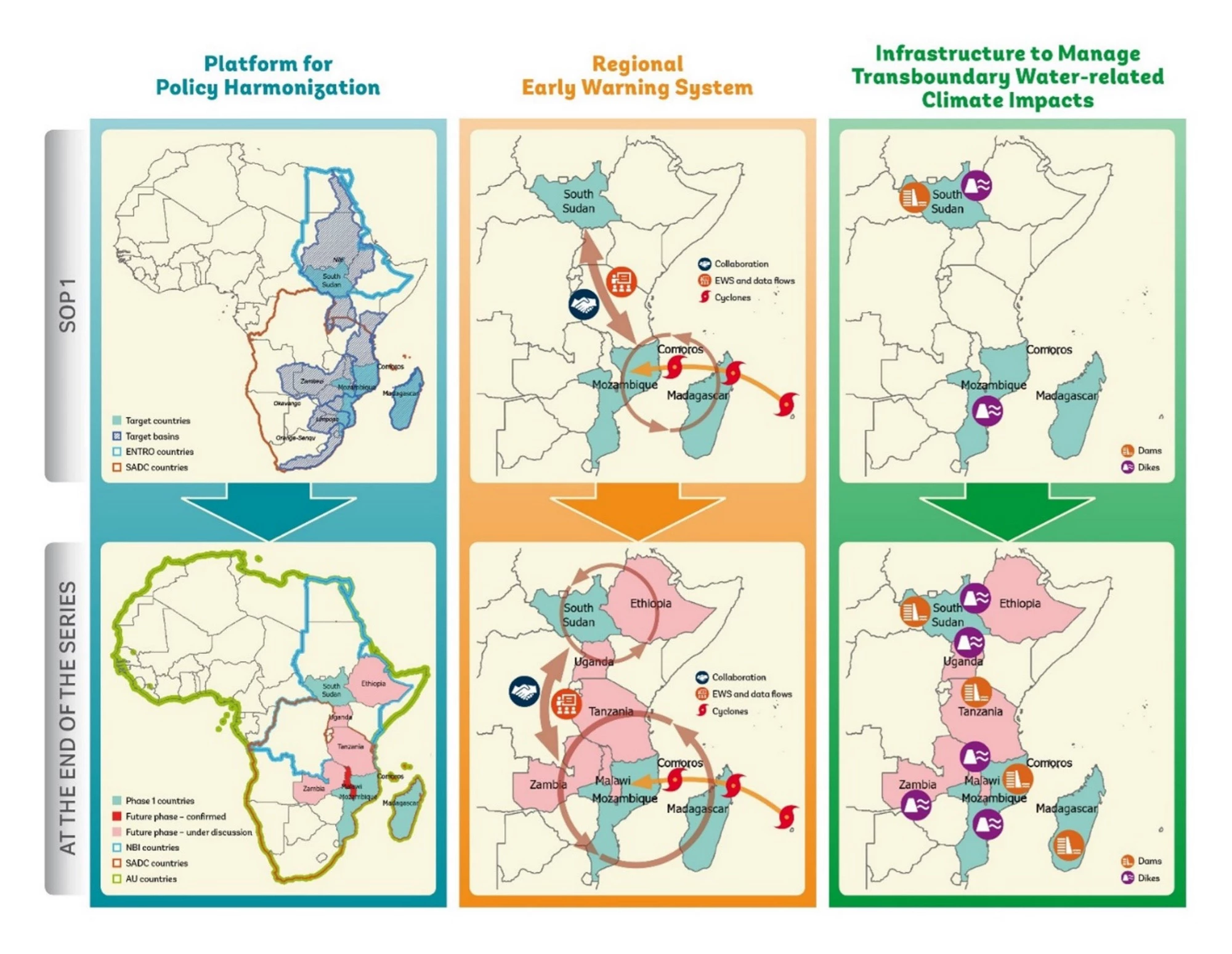 Peter Kapuscinski / World Bank
Peter Kapuscinski / World Bank
Starting a business is a good way for a woman to have an income and support her family. Becoming an entrepreneur also gives a woman greater flexibility around childcare. But there are many obstacles along the way, including societal expectations about a woman’s role, regulatory constraints, and a lack of financing. Economic shocks have different impacts on female-led businesses compared to those headed by males. For example, recent data on firms during the COVID-19 crisis suggest that female-owned firms were more likely to have closed temporarily during the pandemic. And when able to stay in business, they were more likely to experience a decrease in demand for their products or services , causing a greater financial setback as compared to male-owned firms.
The evidence on female entrepreneurship is emerging but remains limited. This results in an incomplete picture of women’s economic situations across the world . Indicators designed to measure female entrepreneurship either focus on the input side and the overall framework in which businesspersons operate or look at the output side that measures the actual gap between female and male entrepreneurs.
Input side: The framework in which female businessowners operate
The Women, Business, and the Law (WBL) index is a prominent World Bank Group dataset that assesses the regulatory framework for women starting a company. In particular, the Entrepreneurship indicator measures legal and regulatory barriers across 190 economies for women who want to set up and run their own business. While the indicator has seen significant improvement over the past 50 years, legal restrictions for women entrepreneurs remain. For example, in 1970, 29 economies restricted a married woman’s ability to sign a legally binding contract. Now, thanks to legal reforms, the newly released Women, Business and the Law 2022 report finds that this is the case in only two of the 190 economies measured. Still, seven economies continue to legally restrict women from registering a business following the same process as men. For example, in Kenya, the 1951 Registration of Business Names Act requires a married woman to provide her husband’s name when filing for registration. And the 2016 Companies Act of Bhutan obliges a married woman to list her husband’s full address and nationality. In contrast, a married man is not required to provide such information about his wife.
Access to finance is an area that needs the most improvement. WBL data has previously shown that more women have accounts at financial institutions and debit cards in economies where the law prohibits sex-based discrimination when applying for credit . However, 104 economies still lack a legal provision that expressly prohibits sex-based discrimination when accessing finance.
Output side: The actual numbers of female entrepreneurs
Measuring the output side and the actual numbers of women running a business is a complementary approach to assessing constraints on female entrepreneurship.
As part of the Women Entrepreneurs Finance Initiative (We-Fi), the World Bank We-Data project collects data on female business ownership and directorship across the world in 170 economies—responding to the lack of comprehensive and comparable sex-disaggregated data on female entrepreneurship. Data are collected directly from business registries and cover several calendar years. Business registries and statistical agencies are a unique source of information on formal entrepreneurship and play a pivotal role in keeping track of entrepreneurs.
The initiative publishes data on the number of:
- female and male owners of newly registered limited liability companies;
- new female and male sole proprietors; and
- female and male directors of newly registered limited liability companies.
Out of the 170 economies participating in the project, 81 economies provided sex-disaggregated data on female and male entrepreneurship. In most economies, women represent about one-fourth of new business owners. While the gap is smaller for new sole proprietors—with women representing about one-third of all new sole proprietors— there are more male sole proprietors than female sole proprietors in the vast majority of economies.
Crucial links between input and output data
New data from the We-Data project reveals that the higher the equality in the law between men and women—as expressed by the WBL index—the higher the share of female entrepreneurs (figure 1).
Figure 1: Association between strong legal frameworks and higher share of female entrepreneurs
Sources: Women, Business and the Law (WBL) database and the World Bank Entrepreneurship Database (We-Data), https://www.worldbank.org/en/programs/entrepreneurship/gender.
Analyzing sex-disaggregated data also helps to understand gaps in the financial system. According to Women, Business and the Law, currently nearly 40 percent of economies limit women’s property rights. Unequal property rights for women lead to lower asset ownership. This shows that alternatives to traditional collateral are needed when women apply for a business loan. Estimates indicate that women are left with $1.7 trillion of unmet credit demand. The collection of gender data has been identified as an important step toward expanding women’s access to and use of financial services. Bangladesh, Chile, and Egypt are good examples of countries that are using sex-disaggregated financial data to design better policies for women’s financial inclusion.
A call for more gender-disaggregated data
Women, Business, and the Law, in a collaborative effort with the Consultative Group to Assist the Poor (CGAP), is currently conducting new research in order to provide further insights on what factors are contributing to gender gaps in the financial system by addressing these questions:
- Is there a national financial inclusion plan or strategy that promotes women’s access to credit?
- Are banks or other financial institutions required to submit anonymized sex-disaggregated data as part of their reporting obligations? If “Yes”, does the requirement apply to individual (retail) accounts and/or business (commercial) accounts?
Answering these questions are first steps to help us paint a more comprehensive picture of women’s entrepreneurship, including what laws and regulations are holding women back, as well as those that support them. But a greater commitment to fill critical gaps and contribute to a meaningful policy dialogue on gender equality is needed. Relevant agencies, business registries, tax authorities, central banks, and credit bureaus can help by collecting and sharing sex-disaggregated data. This information will help us to design the right policies for female-inclusive business practices going forward.




Join the Conversation